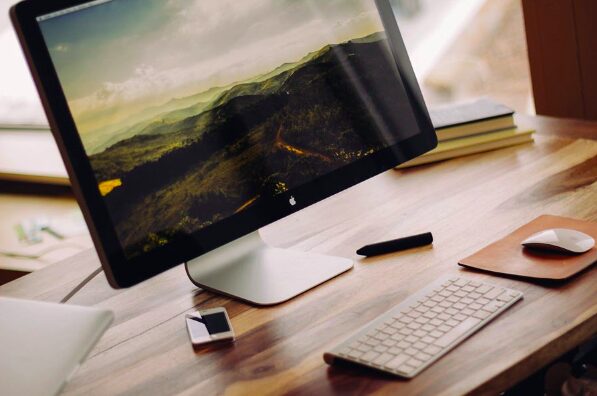The hard drive is a computer’s most crucial component that stores all the data. An internal hard drive is placed inside the computer to store movies, pictures, apps, documents, and lots more data. It can also store OS X itself.
It can be difficult to do certain things without an internal hard drive for Mac. Some Mac systems are equipped with additional internal drives or connected external drives. If you are interested in learning more about your Mac’s internal hard disk, this article is worth reading.
Hard Drive Types
Hard drives are of 2 types – HDD (hard disk drive) and SSD (solid state drive). HDD depends on the spinner platter to transfer data. SSD keeps binary data as electrical charges inside the gates of transistors. HDD holds more data than SSD.
Keep magnet away from HDD as it results in magnetic directions, which eventually leads to data corruption. HDD is less expensive than SSD but more vulnerable to damage. Since the SSD doesn’t have any moving parts, it jostled around with no problems and read data faster.
Clone Your Mac Drive
Nobody wants to get their Mac broken or lost. But such misfortunes can happen anytime. So, it’s the best choice to back up the drive with a clone Mac hard drive disk utility. Cloning a hard drive creates a carbon copy of it.
Creating a bootable duplicate version of your Mac hard drive will require using extra software. Once you back up the hard drive, restore it to make the best use of that copy. To boot your clone via another Mac, you will require creating a partition of the drive first.
Fix Show Mac Hard Drive

To show the internal hard drive for Mac from the desktop, you can use Finder. Once you make certain adjustments in some of the Finder options, you can show and hide the drive. In the Menu bar, tap Finder. Click Preferences from the listed options.
In the Finder preferences window, hit on the General tab. Tick the box close to the Hard disks under the Show these items on the desktop option. Now, you can see the Mac hard disk on your desktop and access the data by clicking twice on it.
Check Mac Hard Drive Health
The Mac hard drive comes with a doctor that helps in identifying the problems and warning messages before situations turn worse. With regular use, the hard drive decreases its health and fails to work. To increase it for some more years, use S.M.A.R.T.
S.M.A.R.T executes a long checklist to ensure the drive stays snuff every time you power it on. In case it doesn’t turn on, it will inform you regarding that to repair or replace the hard drive instantly.
Partition Mac Hard Drive
Creating partitions on a Mac hard drive helps in installing 2 operating systems on the same device simultaneously. You can divide your drive into separate containers that coexist with no interference. It will help in organizing and managing the disk space.
Mac computers are available with partitioned main hard drives. They have a secret (hidden) boot drive with macOS Recovery System. It also has some important utilities to fix some Mac issues. You can use Disk Utility or Boot Camp Assistant for partitions.
Enable Hard Drive File Permissions
There are a few files and folders on Mac systems that users can’t access. Not even the administrator can get them. You can lock them but just for some reason with File Permissions. It enables users to manage who can do what things and where by setting rules.
You can set rules for a single user or a group to disallow them to read or write files. But, macOS can lose permissions and cause some issues. Thankfully, you can verify and repair such errors using Disk Utility.
Purchasing Guide for Internal Hard Drive
Installing another internal hard drive is worth considering when you have a Mac computer with free drive bays. Pick a hard drive that is compatible with your Mac’s connect interface and physical dimensions.
Trusted online retailers provide web guides for the storage options of different Mac models. Also, consider the hard drive size, transfer speed, and drive storage capacity. A large cache allows faster data transfer. So, pick a drive with enough cache space and access times.
Conclusion
Replacing the internal hard drive is suggested when you own a Mac Pro, Power Mac G3, G4, or G5. However, replacement becomes complicated if you have older Mac laptops, iMac, or Mac Mini. For these Mac computers, contact reliable service providers for good upgrades.
Whenever you have to replace your present internal Mac hard drive, copy the entire data to another storage device. As you are now well-versed with the basics of an internal hard drive, optimize it for effective functioning.
Contents
